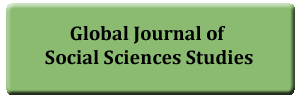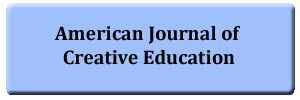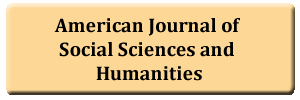Prosocial Behaviour and its Relevant Factors among Undergraduates
DOI:
https://doi.org/10.20448/804.6.1.16.27Keywords:
Undergraduates, Prosocial behavior, Status, Relevant factors, Questionnaire investigaion, Multiple stepwise linear Regression.Abstract
To explore the present status of prosociality among undergraduates and explore its major relevant factors. A stratified random sampling was used to select 1109 undergrauates from 10 full-time colleges in Guangdong province. They were investigated with Prosocial Tendencies Measure (PTM), Interpersonal Reactivity Index (IRI) , Moral Disengagement Questionnaire (MDQ), Social Support Rating Scale (SSRS). The total scores of PTM, IRI, MDQ and SSRS were (53.8±29.1), (65.5±14.4), (39.4±10.2) and (31.0±13.6), respectively. The result of multiple stepwise linear regression showed that 10 factors, such as the total score of IRI, the total score of SSRS, nationality, religion, part time job, grade, origin, love experience, major category and gender, were postively related with the total score of PTM (β =0.115 to 0.708, all P <.05), family monthly income and the total score of MDQ were nagatively related with the total score of PTM (β = -0.352, -0.577; both P<.05). Conclusion Most of the undergraduates showed the intermedius level of prosocial behavior, which was closely related to such factors as family rearing, community cultural atmosphere, school education and the personality characteristics of the undergraduates.



